Nature's winners and losers of the long, hot summer of 2018
The first few months of this year started with endless weeks of freezing conditions and snowfall as late as April – yet all that has been forgotten after two months of extraordinary hot, dry weather across Britain. But what does it mean for our wildlife?


It’s been a funny old year: one day the Beast from the East, the next, the longest dry spell since 1976. As a result, there will be both winners and losers among our wildlife for the summer of 2018. As some species gasp, others are blissful.
Wild-game shoots are anticipating a great season, especially as, on a well-managed estate, fine weather during the breeding season is the biggest deciding factor as to how pheasant and partridge broods fare. Provided grouse came out of the winter in good condition, moors should be teeming with chicks. However, all wild birds are dependent on insects, which need some moisture to thrive. The waders that migrate to the uplands to breed rely on the damp conditions to allow their young to probe for juicy morsels, but this year, they will be thwarted by an impenetrable crust.
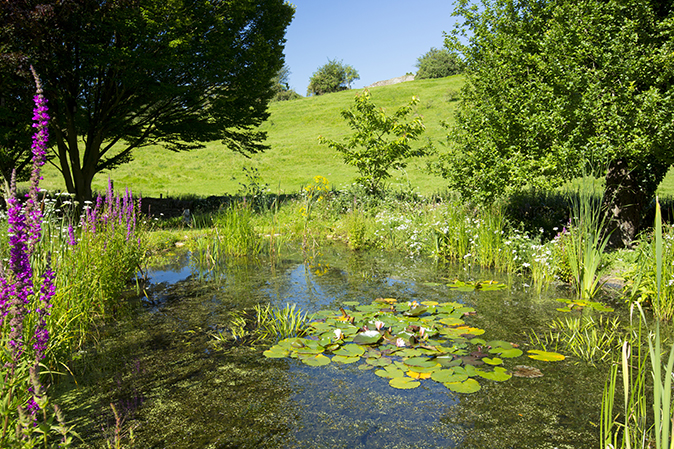
Fishermen are struggling, as the water levels in some rivers are too low for salmon and sea trout to move upstream. Similarly, hot weather can affect coarse fish through de-oxygenation of the water or the abundance of lethal algae blooms. Sharks and mackerel give the sea-fishing industry a boost by venturing closer to the shore, but bathers will be less than thrilled by the writhing shoals around their legs and less happy still with the influx of flotillas of stinging jellyfish.
Inland, evaporating ponds and puddles are causing tadpoles and froglets to be marooned in greater concentrations, providing an easy meal for ravenous badgers and foxes, whose usual snacks of worms, slugs and snails are retreating deeper into the soil. Bees and wasps’ nests are constantly raided for moist grubs within; moles follow worms to hedgerows and woodland as the dry soil cracks into chasms wide enough for chicks to fall into.
Grasshoppers and crickets communicate their merry-making via loud, rasping mechanical chirrups as they bounce around in bleached meadow grass. Adders love to bask in the sun, too, and warning signs are being put up in places where this usually shy viper goes about its slithery business.
Many butterfly species thrive as, day after day, temperatures reach the required 13˚–17˚C-plus required to stimulate them into action. Balmy nights encourage moths to fly, which, in turn, makes for good hunting for bats. However, these conditions may have an adverse affect on butterfly larvae and pupae and cause a population crash next year. You can’t win! Interestingly, we’ve yet to see ladybird swarms and cockchafers are notable by their absence. Only some like it hot, it seems.
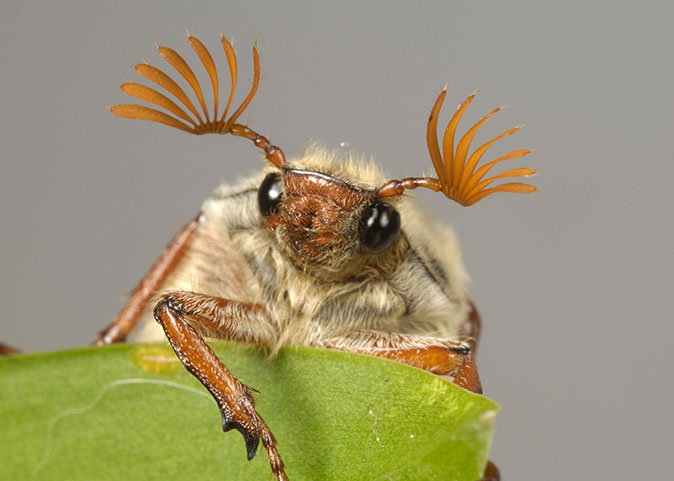
Exquisite houses, the beauty of Nature, and how to get the most from your life, straight to your inbox.
Country Life is unlike any other magazine: the only glossy weekly on the newsstand and the only magazine that has been guest-edited by His Majesty The King not once, but twice. It is a celebration of modern rural life and all its diverse joys and pleasures — that was first published in Queen Victoria's Diamond Jubilee year. Our eclectic mixture of witty and informative content — from the most up-to-date property news and commentary and a coveted glimpse inside some of the UK's best houses and gardens, to gardening, the arts and interior design, written by experts in their field — still cannot be found in print or online, anywhere else.
-
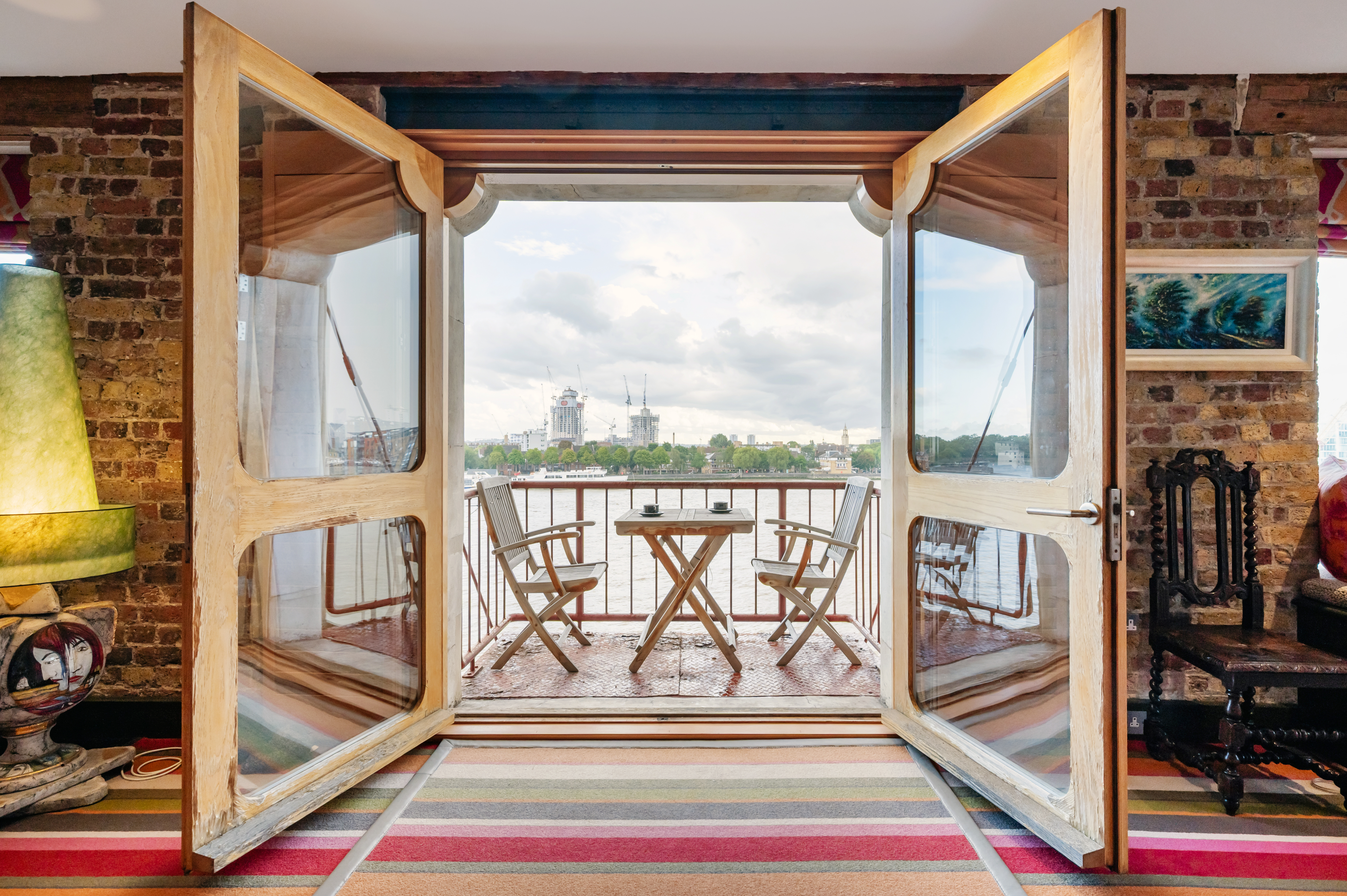 May the force be with you if you move into this London apartment block that Obi-Wan Kenobi (and Cher) once lived in
May the force be with you if you move into this London apartment block that Obi-Wan Kenobi (and Cher) once lived inOliver’s Wharf was once the residence of megastar Cher and the actor Sir Alec Guinness — as well as Mark Knopfler of the Dire Straits.
-
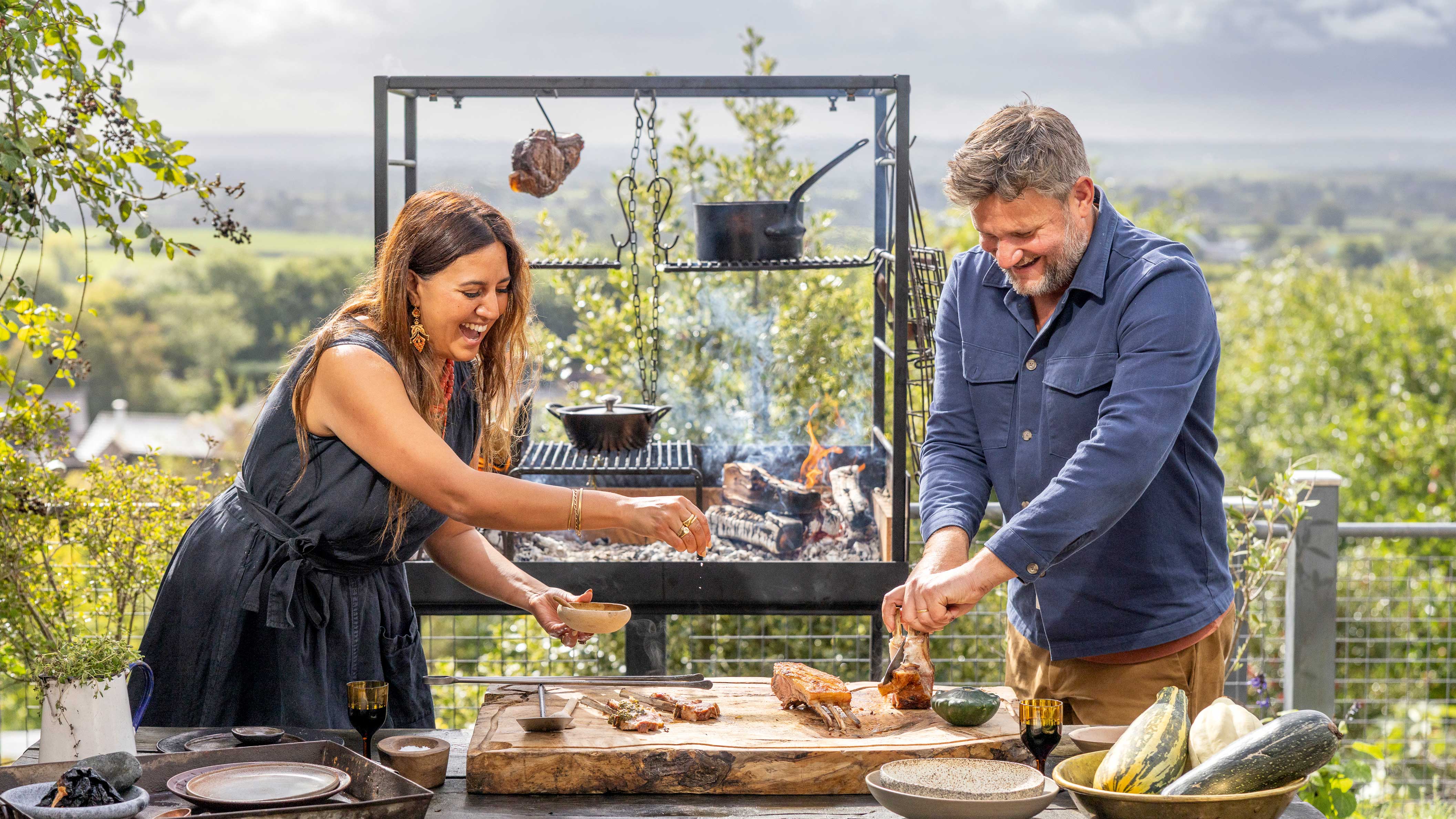 Barbecue it like Beckham: The 'lamb man' who taught David Beckham about fire cooking
Barbecue it like Beckham: The 'lamb man' who taught David Beckham about fire cookingTom Bray, is co-founder and director of Fire Made, a Somerset-based company specialising in outdoor cookery accessories and barbecues. He's also one of the countryside champions nominated by Sir David Beckham in his guest edit. Tom spoke to Julie Harding.
-
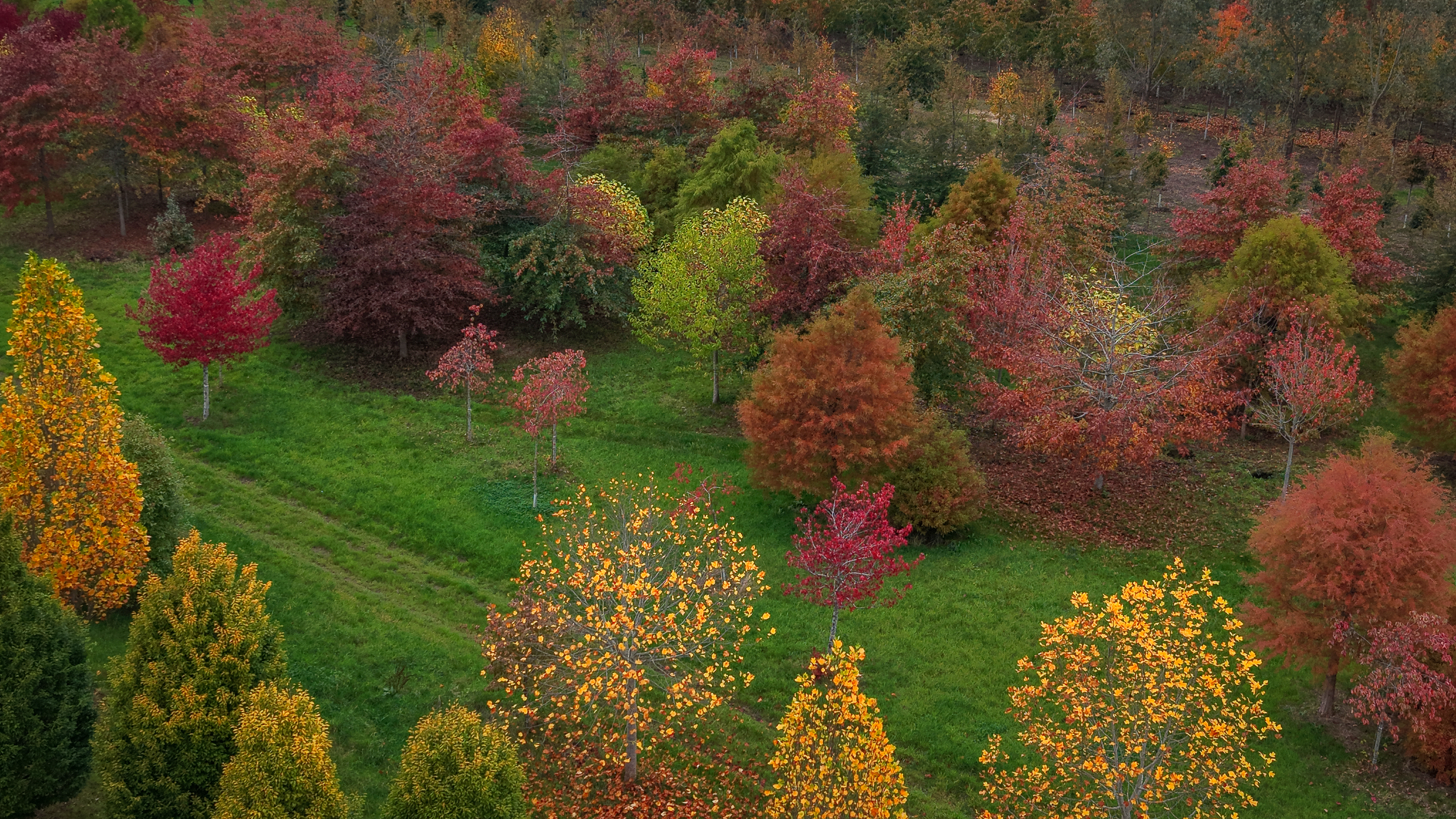 Take a bough: How — and why — you should plant a mature tree
Take a bough: How — and why — you should plant a mature treeFor instant impact in a newly landscaped garden, there’s nothing quite like planting mature trees or native hedgerow plants for transformative and long-lasting results, believes Steven Desmond.
-
 'The view changes with the seasons, so there’s always something new to see': David Beckham on one of his favourite sights in the Cotswolds
'The view changes with the seasons, so there’s always something new to see': David Beckham on one of his favourite sights in the CotswoldsSir David Beckham discovered this Cotswolds view while looking for a house to buy.
-
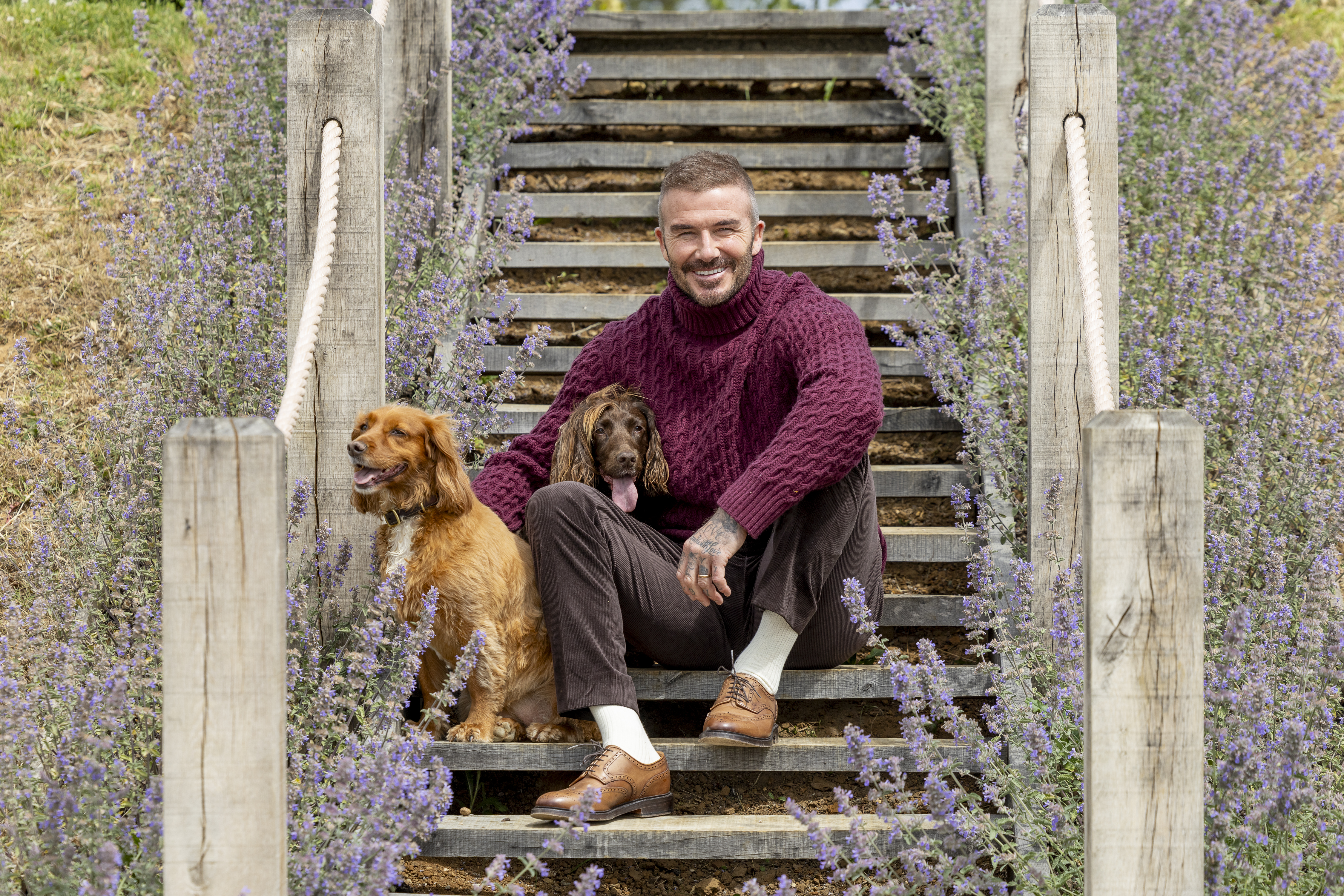 'It makes me feel as if I’ve done a good job as a father and that I did the right thing in wanting us to have a house here': David Beckham on why the countryside matters so much to him and his family
'It makes me feel as if I’ve done a good job as a father and that I did the right thing in wanting us to have a house here': David Beckham on why the countryside matters so much to him and his familySir David Beckham talks to Paula Minchin about discovering the joys of beekeeping and gardening.
-
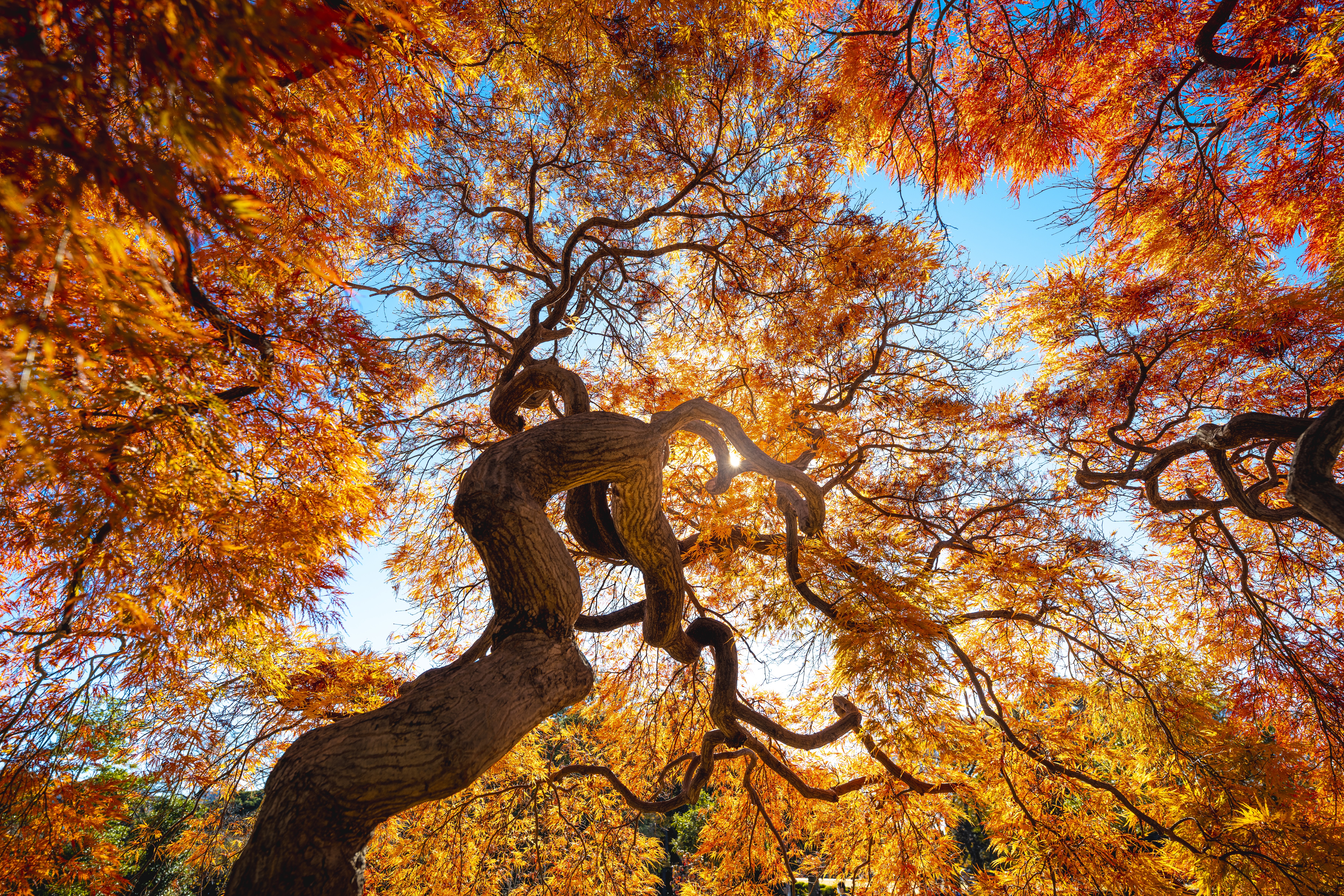 ‘The best time to plant a tree was 20 years ago; the second best time is now'
‘The best time to plant a tree was 20 years ago; the second best time is now'Now is the time to firstly, hug a tree, and secondly, plant some more — in increasingly imaginative ways.
-
 The secret life of seeds: The little wonders that sustain all life on Earth
The secret life of seeds: The little wonders that sustain all life on EarthThey might not be especially striking to look at — if you can see them at all — but seeds are among the natural world’s most awe-inspiring marvels.
-
 Do not be afraid of this bodysnatching fungi that lives on a lawn in Scotland
Do not be afraid of this bodysnatching fungi that lives on a lawn in ScotlandThe lawns at Haddo House in Aberdeenshire are luscious and friendly, unless you are the prey of the vile 'Strathy Strangler'.
-
 Temperate rainforests are being planted all over Britain — what are they and why do we need them?
Temperate rainforests are being planted all over Britain — what are they and why do we need them?Glen Auldyn on the Isle of Man is part of a £38 million restoration scheme to re-establish rainforests all over the world. Lotte Brundle went to see what's going on.
-
 Claws for thought: The world leading crustacean conservation charity that is saving our lobsters
Claws for thought: The world leading crustacean conservation charity that is saving our lobstersThe National Lobster Hatchery in Cornwall is fighting for the species' survival. But it could do with some help.
